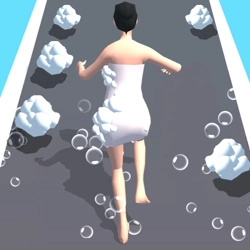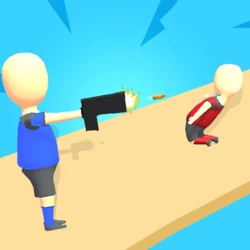Description:
Destroy bricks from cubes! Throw the ball and let the game begin. Fall under the spell of colorful bricks. The balls destroy every cube they touch. You will encounter different shapes in each section. You have a total of 3 rights in the single player game. In the game for 2 people, you fight with your opponent for 5 rounds. You can see 3 different bonuses given to help you. One of the bonuses provides an increase in the number of balls. The other bonus is that it generates 3 new balls. Finally, there is a bonus for filling up your Health Bar. Try to catch these bonuses. When you are alone, click the 1 player button. If you want to spend fun minutes with your friends, click the 2-Player button. Play freely in endless mode. Hours of fun are waiting for you in the 3D brick breaking game. Let's play the game!Instructions:
SINGLE PLAYER MODE: LEFT and RIGHT ARROWS 2 PLAYER MODE: PLAYER 1: A/D PLAYER 2: LEFT and RIGHT ARROWSWhat are Browser Games
A browser game or a "flash game" is a video game that is played via the internet using a web browser. They are mostly free-to-play and can be single-player or multiplayer.
Some browser games are also available as mobile apps, PC games, or on consoles. For users, the advantage of the browser version is not having to install the game; the browser automatically downloads the necessary content from the game's website. However, the browser version may have fewer features or inferior graphics compared to the others, which are usually native apps.
The front end of a browser game is what runs in the user's browser. It is implemented with the standard web technologies of HTML, CSS, JavaScript, and WebAssembly. In addition, WebGL enables more sophisticated graphics. On the back end, numerous server technologies can be used.
In the past, many games were created with Adobe Flash, but they can no longer be played in the major browsers, such as Google Chrome, Safari, and Firefox due to Adobe Flash being shut down on December 31, 2020. Thousands of these games have been preserved by the Flashpoint project.
When the Internet first became widely available and initial web browsers with basic HTML support were released, the earliest browser games were similar to text-based Multi-User Dungeons (MUDs), minimizing interactions to what implemented through simple browser controls but supporting online interactions with other players through a basic client–server model.[6] One of the first known examples of a browser game was Earth 2025, first released in 1995. It featured only text but allowed players to interact and form alliances with other players of the game.



